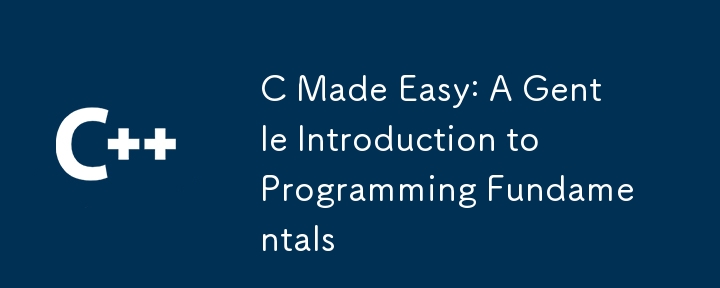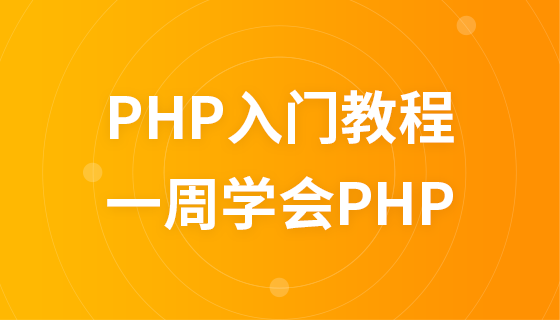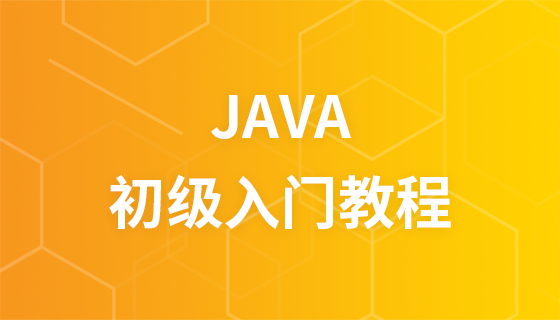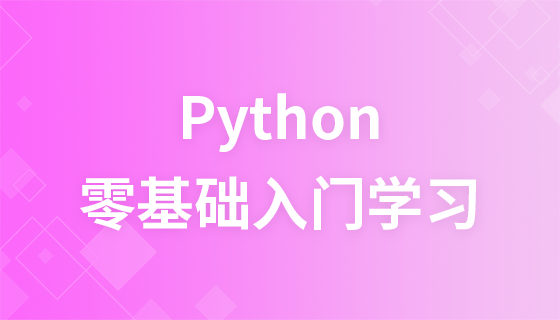

C is a powerful programming language that is widely used to create operating systems , embedded systems and high-performance applications. This guide will take you on a journey into C programming, starting with the basics and walking you step-by-step through its key concepts.
Before you begin, you need to install the C compiler. The following options are recommended:
Let’s start with a simple “Hello, world!” program:
#include <stdio.h>
int main() {
printf("你好,世界!\n");
return 0;
}#include printf() functions .
int main(): This is the entry point of the program, it defines the main function.
printf("Hello, world! n"): The printf() function is used to output text to the screen.
return 0;: This is the return value of the main function, which indicates successful execution of the program.
C has various data types to represent different data values:
Use the const keyword to declare constants, for example:
const int MY_CONSTANT = 10;
C provides statements to control the flow of program execution:
for loop and while loop. Functions are reusable blocks of code. You can define a function that does not return a value by using the void keyword, for example:
void print_message() {
printf("这是来自函数的消息!\n");
}#include <stdio.h>
#include <math.h>
int main() {
float radius;
printf("请输入圆的半径:");
scanf("%f", &radius);
float area = M_PI * radius * radius;
printf("圆的面积为:%f\n", area);
return 0;
}This program prompts the user for input The radius of a circle, calculates the area of the circle and prints the result.
The above is the detailed content of C Made Easy: A Gentle Introduction to Programming Fundamentals. For more information, please follow other related articles on the PHP Chinese website!




